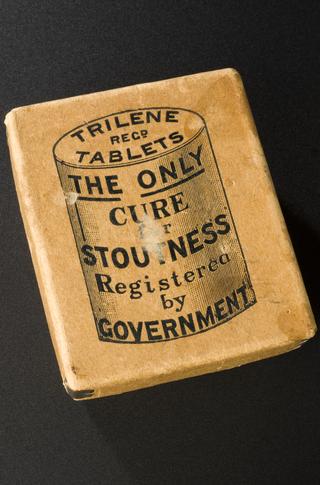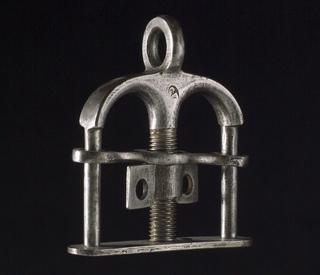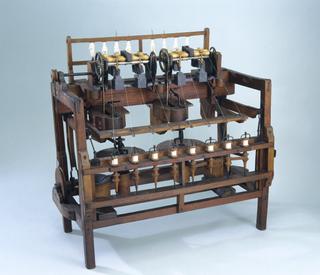
Pair of telescoping dowsing rods, Lymm, Cheshire, UK, 1994.
Dowsing is a traditional technique that has been used for centuries as a way of finding water, oil or mineral deposits underground. Lightweight rods held by the dowser amplify small hand movements: a forked Y- or V-shaped twig or rod held in tension would tip up or down; or - as in this example - two lengths of wire bent into L shapes would cross or splay. The technique is generally deemed a pseudoscience, with controlled studies finding dowsing no more effective than chance at locating water bottles or pipes; some argue the movement of dowsing rods is caused by the dowser’s subconscious reaction to environmental cues. Nonetheless, the practice continues in some domains: several UK water companies were still using dowsing to locate leaks in the 2020s.
Details
- Category:
- Environmental Science & Technology
- Object Number:
- 1999-891
- Materials:
- metal
- Measurements:
-
: 17.7165 x 5.1181 in.; 450 x 130 mm
- type:
- dowsing rod
- credit:
- Chidlaw, T.




